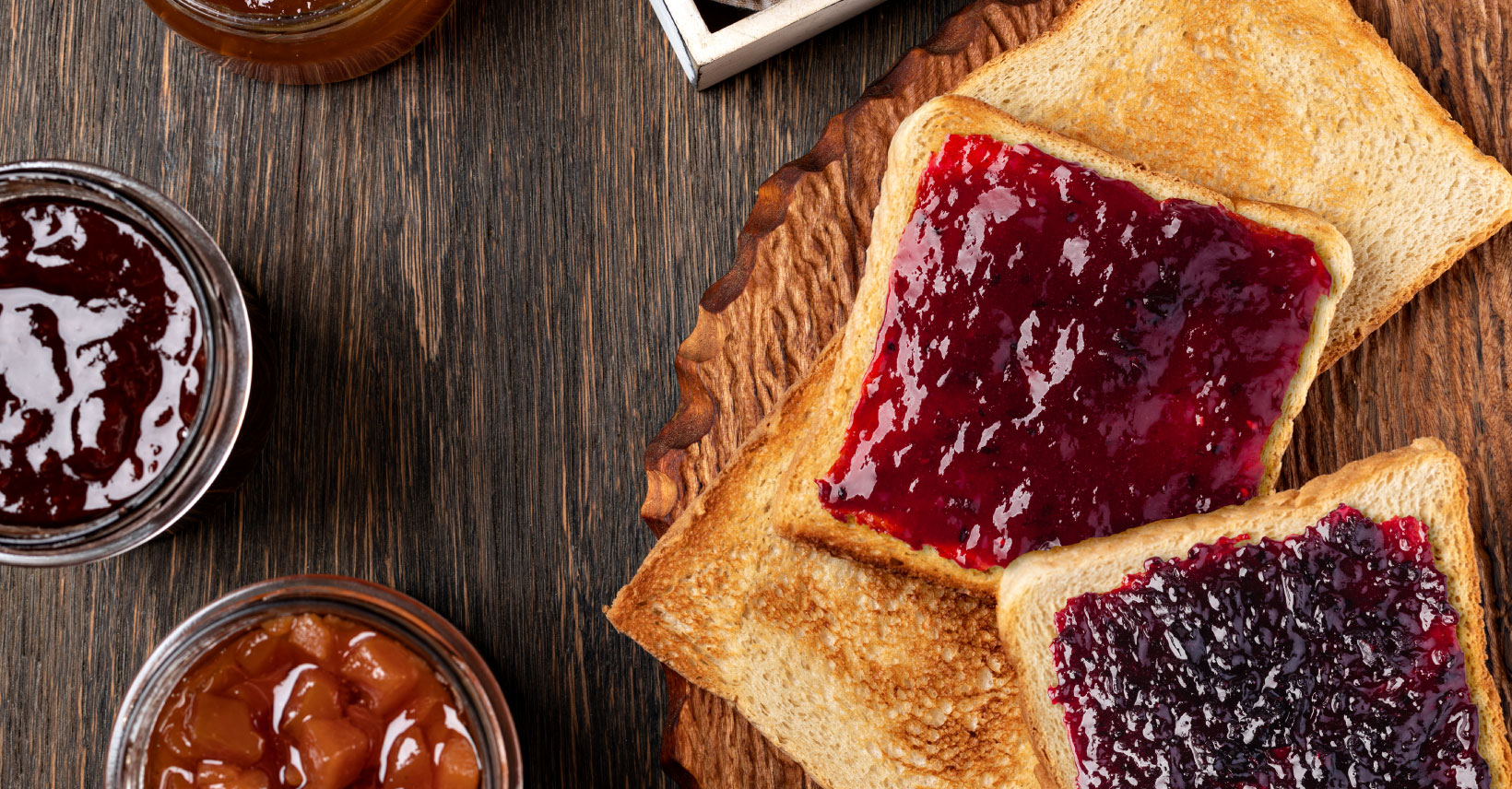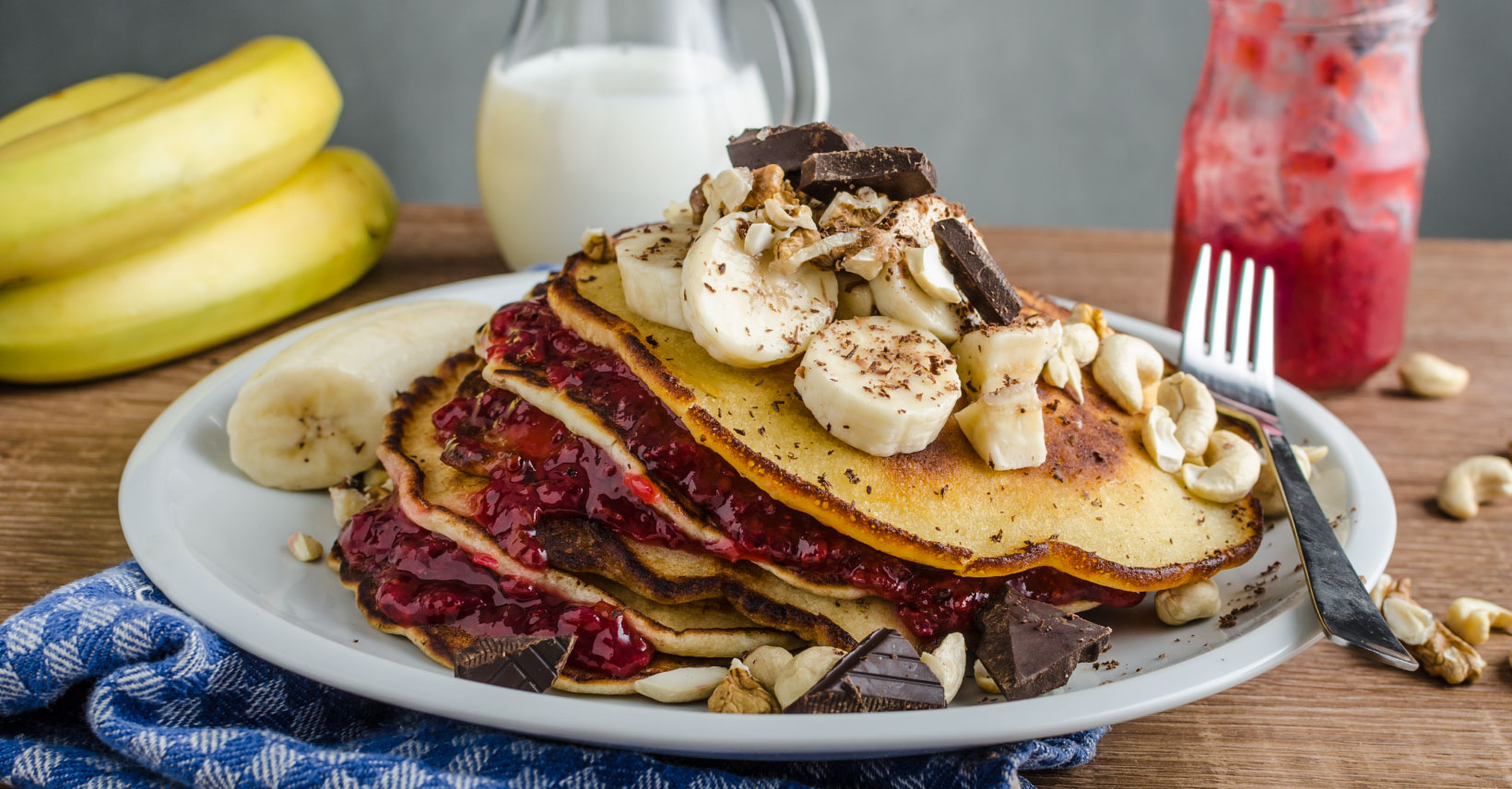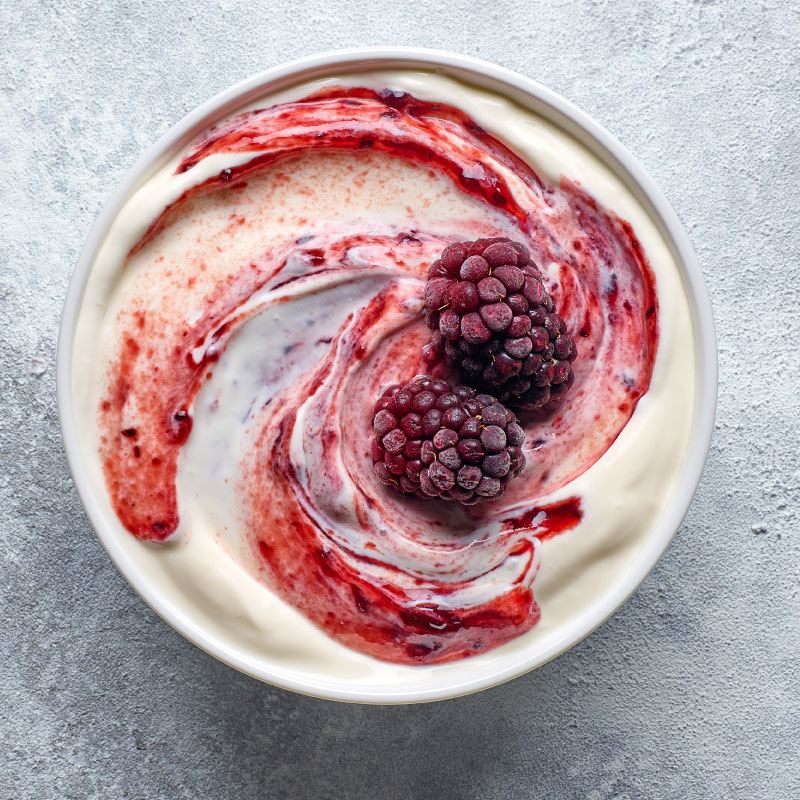How do you make your toast every morning? Does your sandwich, toast or biscuits have a slather of fruit spread between the slices?
If not, there are different types of soft sweet fruit butter that you can find in the grocery store. Next time you cruise along the stores’ aisles, you will see rows of sweet fruit spreads such as jam, jelly, conserves and marmalade.
These names are not synonymous. They mean different things, although each product has a large chunk of fruit. However, they are spreadable fruits made from either fresh fruits, dried fruits or nuts.
These sweet spreads have been in existence for decades, even before fridges became available. People made them to preserve seasonal fruits. Today, they are made and spread on sandwiches, bread and other foods.
The article will tell you how to differentiate these sweet fruit spreads.
1. Jam
Jam is a spread made from grapes, berries, or other small fruits. You can also make jam by cutting larger fruits like peaches, apricots and plums. Gently boil the fruits, sugar and pectin until the mixture is soft and thick but can spread easily on your toast.

Jams contain the richest portion of the fruit, and pectin is only used to thicken the mixture. That means jam retains nearly 65 % of the fruit soluble solids. Pectin contains fibre, and when heated in sugary water, it makes the fruit mixture thicker. Thus jam is a sweet burst of flavour.
True jam shouldn’t be runny nor chunky; it should be spreadable. Use it to fill in baked foods like tartlets, biscuits, cookies or pancakes.
2. Jelly
Jelly is made from fruit juice with less natural pectin firm, smooth and gelatinous. When making homemade jelly, crush the fruit, extract the juice and discard the solid chunky leftovers.
Strain the fruit juice after the initial cooking to remove any solids and add commercially made pectin while cooking to produce a clear, jiggly textured mixture. Jellies are easier to spread and melt quickly than jam because they contain more fruit juice.
You can use jelly in sandwiches and savoury dishes. Still, you can combine barbecue sauce and fruit jelly when glazing ribs.
What are the Differences Between Jam and Jelly?
This is a common question because most people classify all fruit spreads or butter as jams; however, they are different.
Both jam and jelly are fruit spreads made by heating a fruit mixture with sugar to release natural pectin that causes it to firm up. However, they are different based on the amount of fruit left after cooking and finished consistency.
- Jam is different from jelly because you use cut-up pieces or whole fruit plus sugar. On the other hand, jelly contains fruit juice plus sugar.
- Jam may have some fruit chunks or particles and is not clear, while jelly is clear and sparkling.
- Since fruits have their natural pectin, you may choose to add or not add pectin when making jam. You can also use underripe fruits in place of pectin because they have a higher quantity compared to the ripe ones.
Therefore, the difference between jam and jelly is their appearance, texture and how you use the fruit when making them.
3. Conserves
Use fresh or dried nuts and fruits when making conserves. You have to cook nuts, raisins, apples, quince or pears to give this spread a thick and chunky texture. This jam-like product has a combination of fruits.
Add conserve to meat salads and cheeses or spread it on pastries and bread.
The Difference Between Jam and Conserves
Conserves are unfamiliar fruit spreads, although they are available in the grocery stores. As a result, many shoppers confuse mixed berry conserve with jam, but the latter is made from one fruit.

- Making a standard jam is different from making conserves. You have to cook the fruits for some time but don’t allow them to liquefy or break down. Steeping it many times in the hot sugar mixture can help in extracting flavours from the fruit. It can also help the sugar to penetrate the fruit.
- Cooking the fruits for a shorter period when making conserves does not allow the mixture to release enough pectin; thus, conserves are slightly softer compared to jams.
- Jams are made from one type of fruits, but you can add a second variety with conserves.
- Jams are generally sweeter than conserve because of the added sugar.
- You can also make conserves from dried nuts and fruits but not jam.
4. Marmalade
You make from citrus fruits like lemons, oranges, kumquats or grapefruits. The fruit and its peels are simmered in boiling water. Then when the mixture is soft, you add sugar and cook until it’s thick. The final product will be gelatinous, with larger chunks, rich in colour, lightly textured and has a tangy flavour.
Marmalade has a thinner consistency than jelly and is mainly used to glaze juicy pork chops or top oatmeal.
The Difference Between Jam, Jelly and Marmalade
The three spreads are cousins and made from fruits. You have to heat the fruit with sugar to help it lose liquid and release natural pectin. This natural gelling ingredient makes jams and jellies firmer.
On the other hand, marmalade is made from citrus fruits pulp along with its rind. You don’t add pectin when making marmalade, but you can add it when making jams and jellies.
Takeaway
Jams, jellies, conserves and marmalades are excellent ingredients to have in your kitchen. You can also use them when cooking and baking because of their amazing flavours and richest fruitiness.
Store these sweet fruit spreads in a cold, dry, dark place to preserve their colour, flavour and nutrients. Refrigerating jams, jellies, conserves, and marmalades help to prevent the growth of bacteria and moulds.
Thus turn your fresh, seasonal fruits and nuts into these sweet butter and curds for serving year-round. You can also buy them from a grocery store the next time you go shopping.








